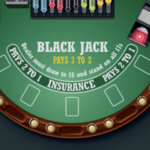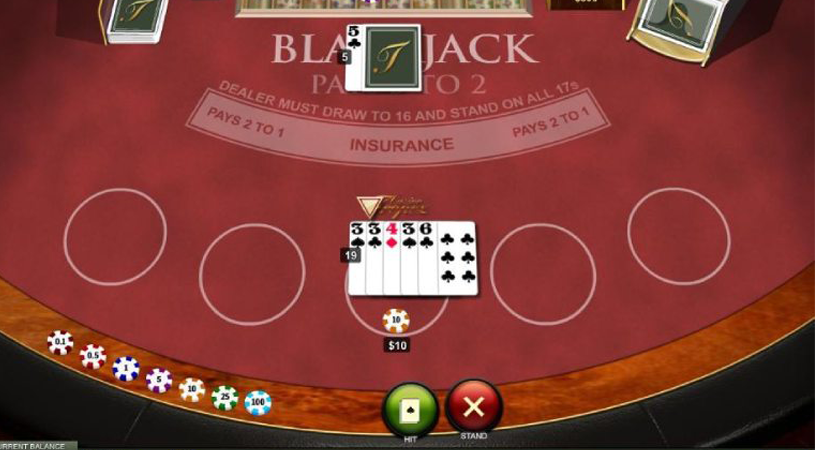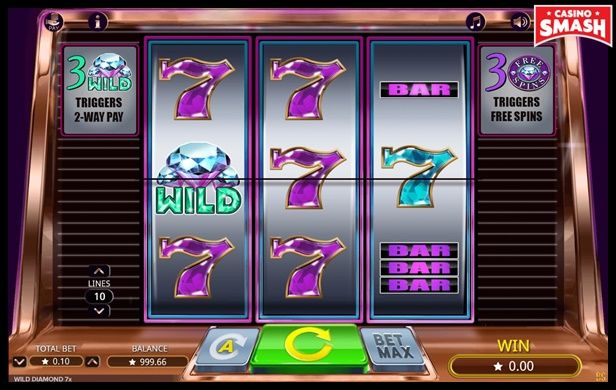
How to Play Roulette Advanced
November 21, 2023
When to Double Down in Blackjack
November 22, 2023One of the most exciting aspects of blackjack is that we are sometimes presented with a chance to add to our original wager. We must make the right decision when we can double down or split. We will have multiples of our usual bet riding on the outcome. Sometimes, with splits and double after splits, we may find four or five times our average bet riding on one round of cards, so it’s important to know what you should do.
Please visit Caesars to check out the industry-leading bonuses, incentives, and latest gaming opportunities!
When you have two of the same cards, like a pair of 4s or 8s, you are allowed to split the pair and play them like two separate hands.
When splitting, you can only split for the same amount as your original wager, unlike double downs, where you can bet less.
We will go into greater detail about the proper playing of each pair below, but if you don’t wish to learn the basic strategy, the simplest way to play is: Always split Aces and 8s, Never split 10s, Only split 4s if you are allowed to double on split hands.
Splitting Basics
Only players can split, never the dealer. You must have two of the same value cards. You must split for the same amount of money as your original wager.
To signal a split, you can point at your bet with two fingers or push out an equal amount of chips to your first wager. The dealer will know your intentions.
Blackjack Basic Strategy For Splitting
Fortunately, the basic strategy for splits is straightforward.
We will discuss some house rules later that slightly alter our decisions, but for most blackjack games, you should follow these basic rules when dealing with pairs.
10s
Fun fact: in blackjack, all 10-value cards are splittable.
This means you don’t need to wait to be dealt a Jack and another Jack. You could, in theory, split your King and Queen or your 10 and Jack.
You shouldn’t, but you could.
20 is a great hand. Yes, several more 20s might also be great, and if the dealer has a 5 or 6 up, perhaps you might be tempted to get more money on the layout.
But the math is clear. Stick with the bird in your hand; don’t go gunning for the one in the bush.
Should you decide to split your 10s, you may hear – over the groans of your fellow players – the dealer calling out, “splitting 10s.”
Card counters know that a deck rich in 10s means that you should split 10s.
Dealers call this out to their floor people for management to determine if you are a complete novice or someone they need to watch closely.
Pair of 9s
The basic strategy says split 9s against any dealer upcard, except for 7s.
This is easily remembered because you don’t want to give up your 18 against a possible dealer 17.
Is it hard to split 9s against a dealer 10 or Ace?
Yes, but again, we have to trust the math.
Pair of Aces or 8s
These two pairs are often heard together, as we will always split Aces or 8s no matter what the dealer turns up.
It’s important to note that Aces are usually only allowed one card each, and a 10 card dealt to a split Ace is 21, not blackjack.
All other pairs can be split up into four hands.
Pair of 7s, 3s or 2s
If you have any of these pairs, you’ll want to split if the dealer has 2 through 7 for an upcard.
Otherwise, just hit.
Pair of 6s or 4s
If you have either pair, you will want to split if the dealer has a 2 through 6 as an upcard.
Otherwise hit.
Pair of 5s
With a total of 10, it is much better to double a pair of 5s than split. You should double this pair against 2 through 9; otherwise, just hit.
And that’s it.
That’s the basic strategy for splitting pairs in four through eight decks, where you can double after splitting.
These rules should work on over 90% of the games. Most of the other rules don’t change the strategy much.
Please visit Caesars to check out the industry-leading bonuses, incentives, and latest gaming opportunities.




